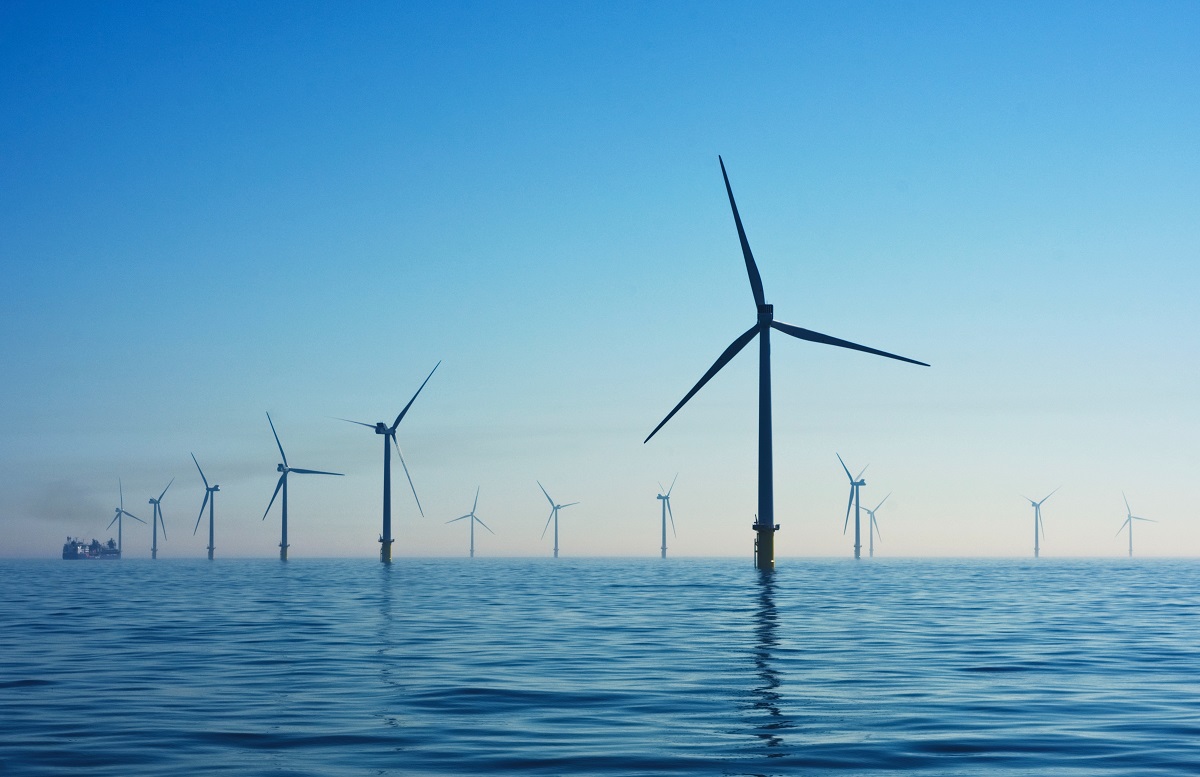According to a recent report by the trade organization American Clean Power, clean energy growth in the United States in 2021 fell well short of what is required to meet climate targets.
Last year, the United States deployed over 28 GW of wind, solar, and energy storage capacity, according to ACP, which is less than half of what is required to meet Joe Biden’s objective of a carbon-free power system by 2035. It is also a 3% decrease from the record pace of renewable energy installations set in 2020, as the US wind and solar industry struggled last year with supply chain interruptions, increased material prices and transportation costs, and legislative uncertainty.
Globally, 2021 established a new milestone for renewable energy growth. However, there were specific barriers to wind and solar deployment in the United States.
Last June, the Department of Homeland Security imposed restrictions on silica-based products linked to human rights violations in China’s Xinjiang Uyghur Autonomous Region. Customs inspectors have begun removing solar panels and other silica-based items from a Chinese firm accused of forced labor. This might “further delay projects or possibly lead to their cancellation,” according to ACP’s assessment. Xinjiang generates over 45 percent of the world’s solar-grade polysilicon, with the banned business being the main manufacturer in the area.
Wind energy faced a unique set of challenges. Following a significant increase in new wind farms in 2020, there was a 25% dip in installations last year. As the COVID-19 lockdowns slowed development, the industry lobbied the Biden administration to extend a crucial tax benefit for wind projects, which was slated to expire in 2020. They eventually received a one-year extension, but the initial uncertainty was enough to dampen growth.
A large proportion of renewable energy capacity that was planned to come online last year has been pushed back by a year or two. As a consequence, the development pipeline at the end of 2021 was over 50% larger than it was at the end of 2020.
To be fair, the 27.7 GW of clean energy added in the United States in 2021 is the second-largest yearly addition of wind, solar, and energy storage after 2020, a monument to the technology’s maturity and the huge decline in prices over the previous several decades. In the United States, there is already enough sustainable energy capacity to power 56 million households. However, this must increase by tens of millions of homes over the next decade or two in order to avoid the worst consequences of climate change.

